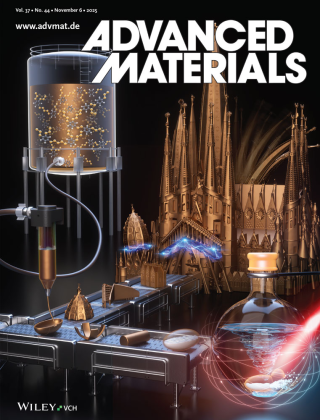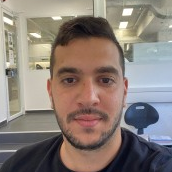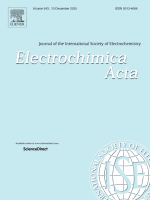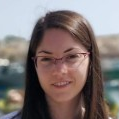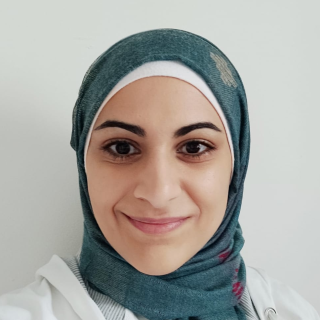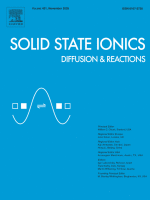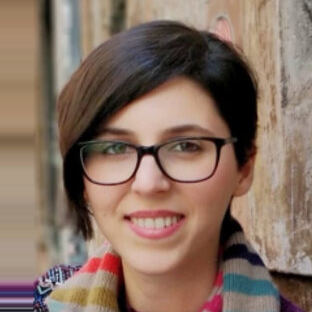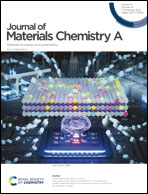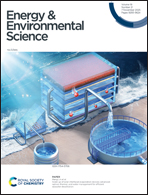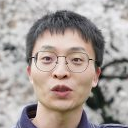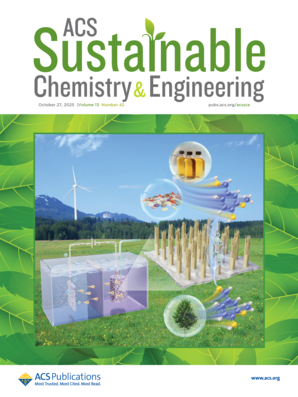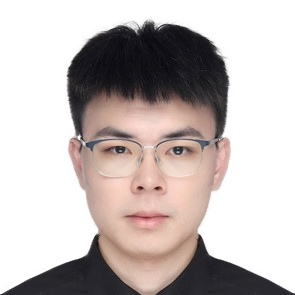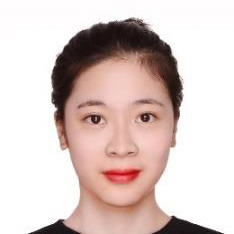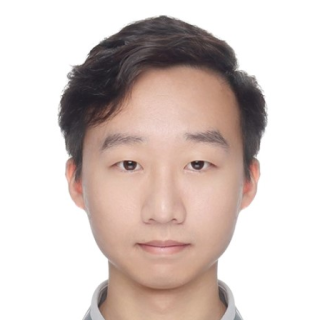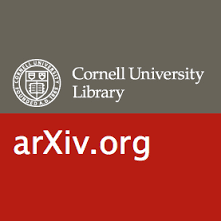-
2 Nov 2025 • Journal Article • Advanced Materials
Biofilm-Antagonist Ginger-Based 3D-Printable Photoresins for Complex Implant Designs Exhibiting Advanced Multifunctional Biomedical Applications
AbstractSince the discovery of 3D-printing, it has revolutionized personalized drug delivery and implants by enabling intricate, customizable designs. However, key challenges remain, including complex design, host immune response, biofilm formation, and infection-induced inflammation at the implant site. This work offers, first-ever, unique ginger-based 3D-printable resins by
… show more -
30 Oct 2025 • Journal Article • Electrochimica Acta
Towards dual-purpose water-energy systems: Modeling hydrogen–oxygen desalination fuel cells
AbstractThe desalination fuel cell (DFC) represents a novel electrochemical technology that simultaneously desalinates water and generates electricity by coupling oxidation–reduction reactions. This study introduces a theoretical framework to support experimental findings and further elucidates DFC performance mechanisms. Unlike traditional electrodialysis (ED), where an
… show more -
25 Oct 2025 • Preprint • bioRxiv
Synthetic Mimetics of Exosomal Lipid Profile Enhance Gemcitabine Delivery in Pancreatic Cancer
AbstractPancreatic cancer ranks fourth among cancer-related deaths. Despite decades of research, the cure rate of disease remains disappointingly low. This dismal prognosis is due to late detection and to resistance of tumors to all known systemic therapies. Here, we build upon our previous findings that highlighted the selective uptake of tumor-associated macrophage-derived
… show more -
23 Oct 2025 • Journal Article • Solid State Ionics
The doping factor approach in solid state ionics
AbstractThe doping factor approach is a simple, sometimes a “back-of-the-envelope” method, to predict concentrations of native point defects upon doping with aliovalent dopants. The doping factor is defined as the ratio between the concentration of quasi-free electrons in the doped state and their concentration in a reference state, typically at the undoped state. In binary
… show more -
21 Oct 2025 • Journal Article • Journal of Materials Chemistry A
Does the presence of CO2 affect the alkaline stability of anion-exchange membranes?
AbstractAnion-exchange membranes (AEMs) enable electrochemical energy devices to operate in alkaline environments, allowing the use of earth-abundant, platinum group metal-free catalysts. This makes them highly attractive for applications such as AEM fuel cells (AEMFCs), water electrolyzers (AEMWEs), and oxygen separators (AEMOSs). However, two key challenges still hinder their
… show more -
21 Oct 2025 • Journal Article • Energy & Environmental Science
Activating Ni atoms up to the third nearest neighbor around single-atom Fe into highly active sites for PGM-free anion-exchange membrane fuel cells
AbstractAnion exchange membrane fuel cells (AEMFCs) have attracted much attention due to their bipolar design that enables the use of all Pt-group metal (PGM)-free catalysts. As the only PGM-free metal with the anode hydrogen oxidation reaction (HOR), the performance of Ni-based metals in fuel cells is too low to match well with the cathode oxygen reduction reaction (ORR) due
… show more -
20 Oct 2025 • Preprint
The agentic age of predictive chemical kinetics
AbstractPredictive chemical kinetic modeling is foundational to areas ranging from energy and environmental science to pharmaceuticals and advanced materials. While significant progress has been made in automating individual steps, the development of a complete predictive model remains a human-intensive effort to orchestrate existing software tools and revise models. This
… show more -
20 Oct 2025 • Preprint
Using RMG Out-of-the-Box for Formic Acid Pyrolysis and Oxidation
AbstractAs both a prototype oxygenated biofuel and a central intermediate in combustion chemistry, the predictive modeling of formic acid (HOCHO) reactivity is of fundamental importance. Prior literature work [Energy Fuels 2022, 36, 23, 14382–14392] argued that an automatically-generated chemical kinetic model cannot reproduce jet-stirred reactor (JSR) speciation adequately
… show more -
16 Oct 2025 • Journal Article • ACS Sustainable Chemistry & Engineering
Multiscale Modeling of Plastic Pyrolysis in a Fluidized Pyrolyzer with NN-Inspired Kinetics and Experimental Validation
AbstractThe kinetic mechanism of waste plastic pyrolysis and the intricate multiphase hydrodynamics within fluidized bed pyrolyzers are of paramount importance to industrial procedures. Nevertheless, a comprehensive mathematical multiscale model that delineates the complex multiphase reaction system of HDPE pyrolysis is noticeably absent from the literature. Herein, we have
… show more -
10 Oct 2025 • Preprint • arXiv
Detailed Kinetic Model for Combustion of NH3/H2 Blends
AbstractAmmonia is a promising zero-carbon fuel for industrial and transport applications, but its combustion is hindered by flame instabilities, incomplete oxidation, and the formation of nitrogen oxides. Accurate and detailed kinetic models are critical for designing optimal burners and engines. Despite numerous mechanisms published in recent years, large discrepancies remain
… show more
